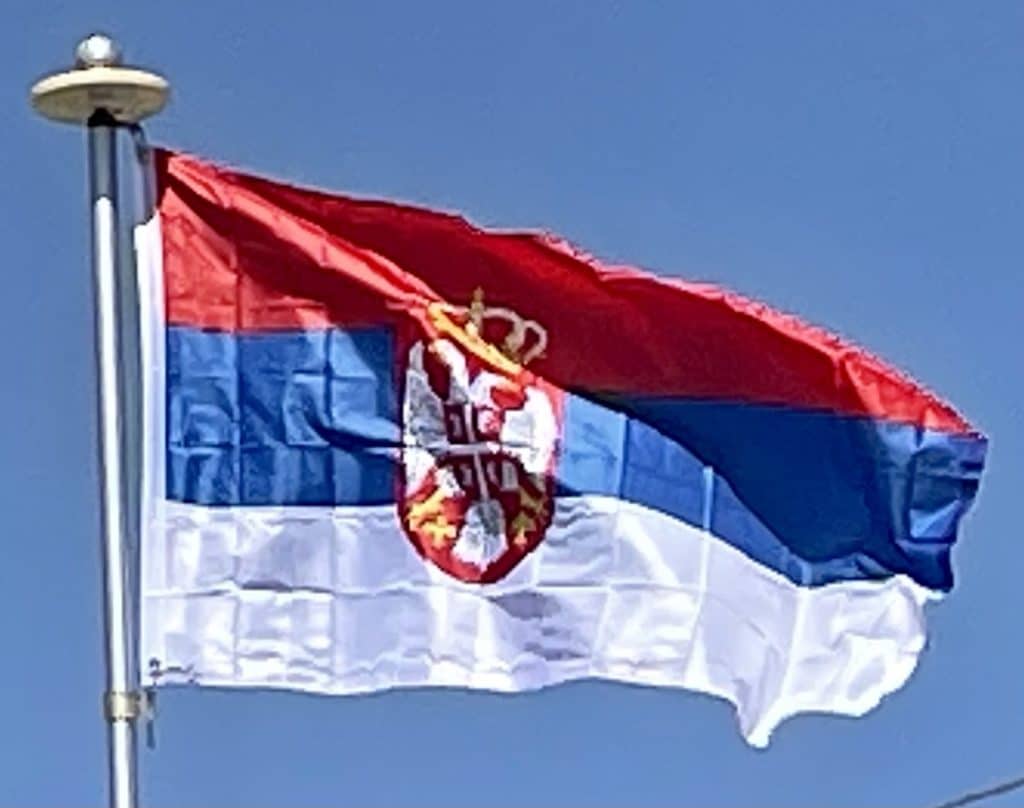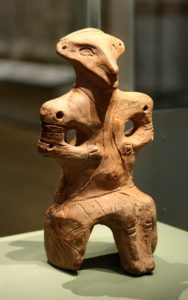
During the Iron Age, local tribes of Triballi, Dardani, and Autariatae were encountered by the Ancient Greeks during their cultural and political expansion into the region, from the 5th up to the 2nd century BC. The Celtic tribe of Scordisci settled throughout the area in the 3rd century BC. It formed a tribal state, building several fortifications, including their capital at Singidunum (present-day Belgrade) and Naissos (present-day Niš).
The Romans conquered much of the territory in the 2nd century BC. In 167 BC the Roman province of Illyricum was established; the remainder was conquered around 75 BC, forming the Roman province of Moesia Superior; the modern-day Srem region was conquered in 9 BC; and Bačka and Banat in 106 AD after the Dacian Wars. As a result of this, contemporary Serbia extends fully or partially over several former Roman provinces, including Moesia, Pannonia, Praevalitana, Dalmatia, Dacia, and Macedonia.
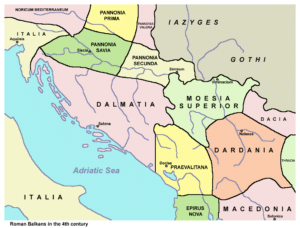
Seventeen Roman Emperors were born in the area of modern-day Serbia, second only to contemporary Italy. The most famous of these was Constantine the Great, the first Christian Emperor, who issued an edict ordering religious tolerance throughout the Empire.

When the Roman Empire was divided in 395, most of Serbia remained under the Eastern Roman Empire. At the same time, its northwestern parts were included in the Western Roman Empire. By the 6th century, South Slavs migrated into the European provinces of the Byzantine Empire in large numbers. They merged with the local Romanised population that was gradually assimilated.
Middle Ages:
White Serbs, an early Slavic tribe from White Serbia eventually settled in an area between the Sava river and the Dinaric Alps. By the beginning of the 9th century, Serbia achieved a level of statehood. Christianization of Serbia was a gradual process, finalized by the middle of the 9th century. During the 11th and 12th century, Serbian state frequently fought with the neighboring Byzantine Empire. Between 1166 and 1371 Serbia was ruled by the Nemanjić dynasty (whose legacy is especially cherished), under whom the state was elevated to a kingdom in 1217, and an empire in 1346, under Stefan Dušan.
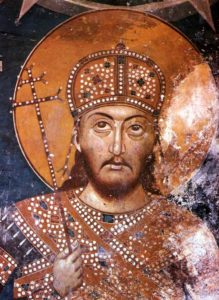
Serbian Orthodox Church was organized as an autocephalous archbishopric in 1219, through the effort of Sava, the country’s patron saint, and in 1346 it was raised to the Patriarchate. Monuments of the Nemanjić period survive in many monasteries (several being World Heritage sites) and fortifications.
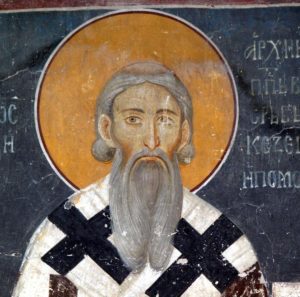
During these centuries the Serbian state (and influence) expanded significantly. The northern part (modern Vojvodina), was ruled by the Kingdom of Hungary. The period after 1371, known as the Fall of the Serbian Empire saw the once-powerful state fragmented into several principalities, culminating in the Battle of Kosovo (1389) against the rising Ottoman Empire.
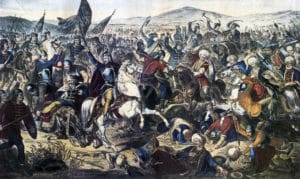
The Ottomans finally conquered the Serbian Despotate in 1459. The Ottoman threat and eventual conquest saw massive migrations of Serbs to the west and north.
Ottoman and Habsburg Rule:
In all Serbian lands conquered by the Ottomans, the native nobility was eliminated and the peasantry was enserfed to Ottoman rulers, while much of the clergy fled or were confined to the isolated monasteries. Under the Ottoman system, Serbs, as well as Christians, were considered an inferior class of people and subjected to heavy taxes, and a portion of the Serbian population experienced Islamization. Many Serbs were recruited during the devshirme system, a form of slavery in the Ottoman Empire, in which boys from Balkan Christian families were forcibly converted to Islam and trained for infantry units of the Ottoman army known as the Janissaries. The Serbian Patriarchate of Peć was extinguished in 1463, but reestablished in 1557, providing for limited continuation of Serbian cultural traditions within the Ottoman Empire, under the Millet system.
